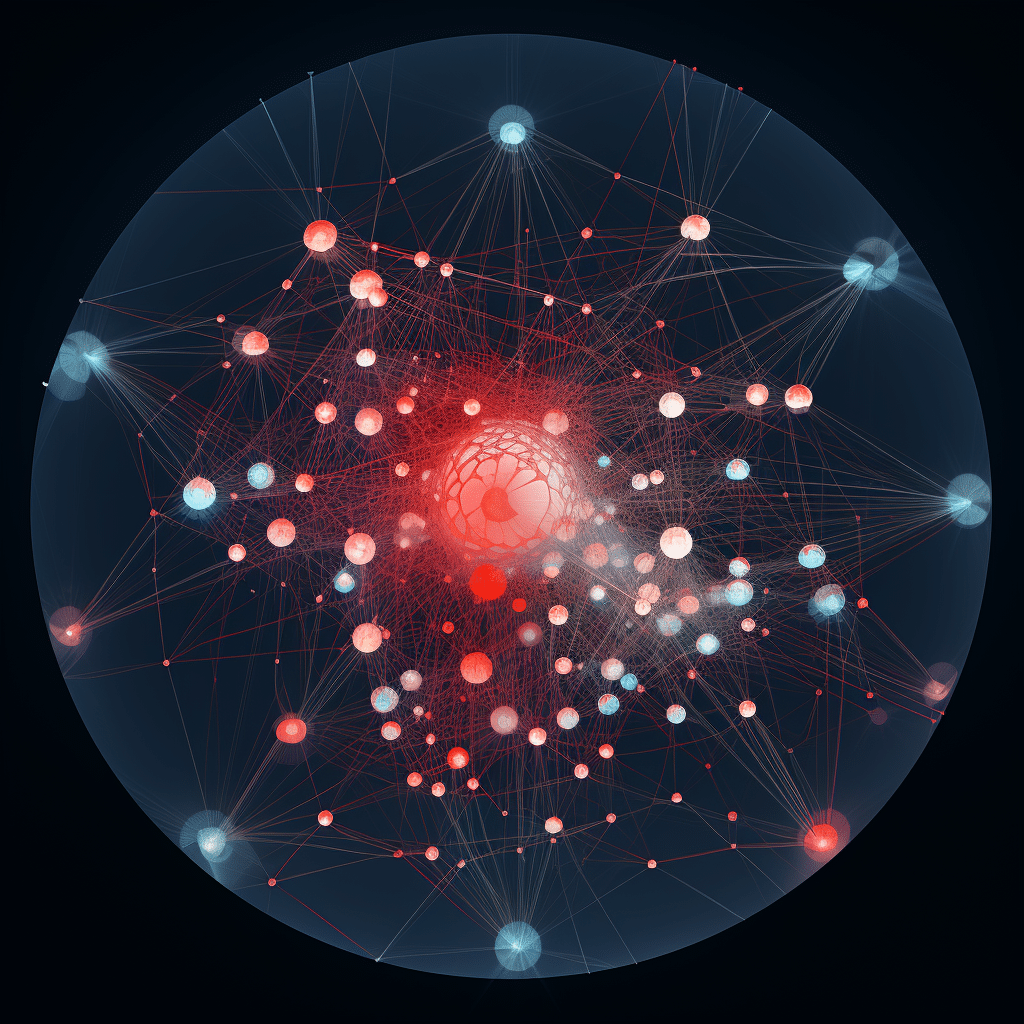
Introduction
During pregnancy, a woman’s body goes through numerous changes both internally and externally. One noticeable change that many women experience is in their hair. Pregnancy hormones can have a significant impact on the texture, thickness, and growth of hair, leading to various hair changes during this period. In this article, we will explore what to expect when it comes to hair changes during pregnancy.
Hair Growth
One of the most common changes women notice during pregnancy is increased hair growth. Thanks to the higher levels of estrogen in the body, hair follicles enter a prolonged growth phase, resulting in thicker and fuller hair. This is often referred to as the “pregnancy glow” and can make women feel more confident and beautiful.
However, it’s essential to note that not all women experience the same level of hair growth during pregnancy. Some may notice only minor changes, while others may have more noticeable differences. It varies from person to person and can depend on factors such as genetics and overall health.
Texture Changes
In addition to increased hair growth, pregnancy hormones can also affect the texture of hair. Some women may find that their hair becomes shinier and silkier during pregnancy, thanks to the extra sebum production. Sebum is the body’s natural oil that moisturizes the scalp and hair.
On the other hand, some women may experience the opposite effect and notice that their hair becomes oilier or drier than usual. These changes in texture are temporary and usually resolve after pregnancy and the hormone levels return to normal.
Shedding
While it may seem contradictory, hair shedding is also a common occurrence during pregnancy. Normally, the average person loses approximately 100 hairs per day. However, during pregnancy, the prolonged growth phase can lead to less shedding. This results in thicker hair during pregnancy.
After giving birth, hormone levels shift, and many women experience what is known as postpartum hair shedding. This shedding is temporary and usually peaks around three to six months after delivery. It’s important to note that postpartum shedding is a normal part of the hair growth cycle and not a cause for concern.
Care and Maintenance
During pregnancy, it’s essential to take care of your hair to ensure its health and vitality. Here are some tips for maintaining healthy hair during pregnancy:
- Use gentle shampoos and conditioners that are free of harsh chemicals.
- Avoid using heat styling tools frequently, as they can cause damage to the hair.
- Opt for hairstyles that are low-maintenance and don’t require excessive pulling or tugging.
- Eat a balanced diet rich in nutrients that promote hair health, such as vitamins A, C, and E, biotin, and omega-3 fatty acids.
- Stay hydrated by drinking plenty of water, as hydration is essential for healthy hair growth.
- Avoid excessive brushing or combing, as it can lead to breakage and damage.
Conclusion
Hair changes during pregnancy are a common occurrence due to hormonal fluctuations in the body. While these changes can be temporary and resolve after pregnancy, they can still impact a woman’s confidence and self-esteem. By understanding what to expect and taking proper care of your hair, you can navigate these changes with ease and maintain healthy, beautiful hair throughout your pregnancy journey.

